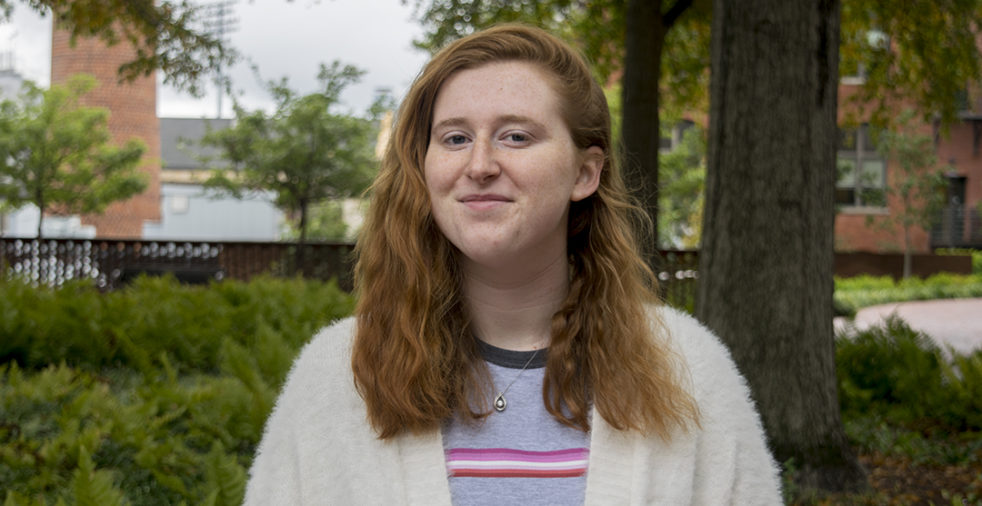I assume, by the way people react when they hear the words “kill shelter,” that they have this image of the evil dog catchers maniacally laughing as they inject innocent puppies with a lethal dose of pentobarbital. Those who work within these facilities are actually the unsung heroes of animal welfare, and they need our help if we are to reduce euthanasia rates in the U.S.
After working with “kill shelters” for a year, I think it is about time I did my best to change these negative perceptions of government-run animal services.
We should start by calling these shelters what they really are: open intake shelters. Open intake shelters do not have a choice but to take in any animal found within their jurisdiction, which means the more animals that come in, the more go out to make room for newer animals.
That includes strays, owner surrenders, abused animals and accidental litters. Often, shelters house hundreds more animals than they are built for. This overpopulation results in resources stretching thin to accommodate the number of animals. This overcrowding contributes to the high euthanasia rates we tend to see in the news. (A not-so-gentle reminder that having unaltered animals contributes to overpopulation, so spay and neuter!)
Shelters will hold animals for five days, or some other state-mandated amount of time, to wait for the animal to be claimed by its owner. After that, they are adopted out, fostered, sent to a rescue, or put down.
Private organizations or rescues get to be highly selective about the animals they house. They turn away animals every day, ones they deem unadoptable, too old, too sick. Even then, rescues will still euthanize sickly dogs and cats, or those with temperament issues or bite histories.
The rescues that most animal lovers tend to worship do great work too — because they have donors, sponsors, events, commercials and all without any stigma. Dogs and cats die on the waiting list to get “rescued,” despite the idea that all rescues are “no kill.”
I love rescues, but if we are to make a significant impact on euthanasia rates in this country, we need to uplift the people and places that are on the front lines of animal welfare, not those that have the privilege of choosing when to get involved.
The act of euthanasia is a last resort, and if there is no room in the shelter, no funds to make up for the cost of boarding, no adopters and no rescues, there is no hope for these animals. And this hopelessness is what makes euthanasia rates skyrocket.
The stigma surrounding kill shelters contributes to these rates. Many elect to foster or adopt from private organizations like the Humane Society because they do not want to support the shelters that put innocent animals down. But guess what: local shelters are the ones that actually need your help!
If more people were to support open intake animal shelters, either through donations, fostering, adopting, marketing available animals or educating local pet owners, there would be less overpopulation, and thus, less euthanasia.
“Kill shelters” do incredible work every year. They are boots to the ground, rescuing animals from horrific situations and giving them a chance. Local shelters have low-cost clinics; they help lost animals go home to their families; they feed and care for hundreds of creatures each day; they market their animals to rescues with bigger budgets or people looking to add another member to the families.
But if adopters do not understand this, then their efforts could be for nothing.
So what do we do? Spay and neuter, vaccinate and love the animals you have at home. Volunteer, foster, adopt, donate what you can and fight against the idea that kill shelters are not wonderful places to visit and work. Shelters are full of people with immense hearts full of love and plenty of deserving animals. It’s time we embrace shelters the same way we embrace those private rescues.
